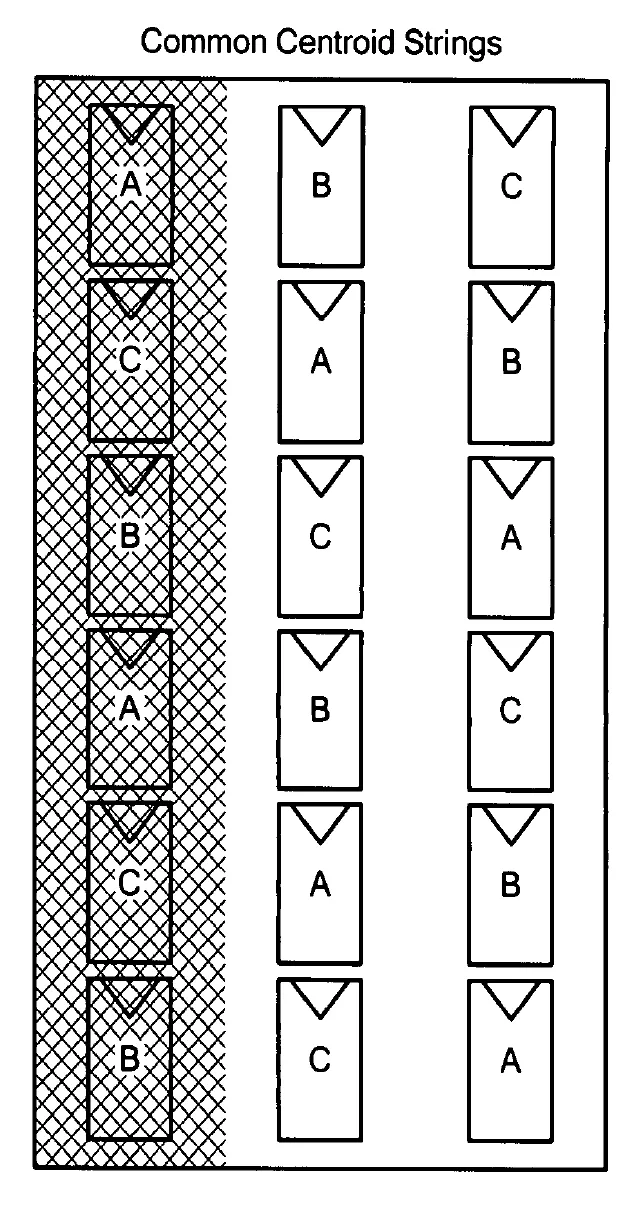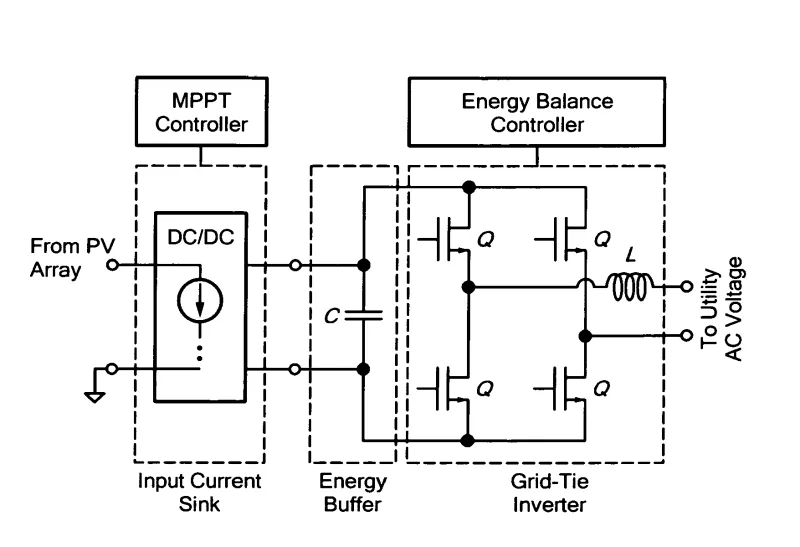Switched Capacitor Energy Buffer Architecture
- Photovoltaic (PV) system
- PV energy extraction
- Solar cells
Researchers
-
systems approach to photovoltaic energy extraction
United States of America | Granted | 9,407,164
Figures
Technology
The invented solar panel is a series of connected solar cells coupled in a layout that substantially reduces the amount of mismatch caused by an imbalance in solar irradiance between the sub-module strings. Within the system lies a switched-capacitor DC-DC converter with a plurality of conversion levels. A conversion level is selected to provide the maximum power current of the solar cell in order for the converter to increase overall array tracking efficiency. Also included is a grid-tie inverter for coupling a PV array to a power grid. The inverter ensures the system operates stably by relying on feedforward rather than feedback processes.
Problem Addressed
Asymmetric PV strings can result from temperature variation, dirt, panel aging, or panel orientation. These asymmetries negatively impact tracking efficiency. To maximize energy extraction, distributed power conversion is employed to enable per-panel or sub-panel maximum-power-point-tracking (MPPT). There are three common architectures deployed in residential and commercial PV installations for delivering power to the grid: string inverters, micro-inverters, and DC-DC series power supplies working with a string inverter. Each of these systems has limitations. For example, they are typically constructed with magnetic components which are possibly obtained on a per-panel basis and increase manufacturing costs. High frequency switching complicates electromagnetic interface created by distributed converters.
Advantages
- Increased efficiency in overall array tracking
- Achieves high energy utilization and highly effective energy density
- Reduced manufacturing cost
Publications
Minjie Chen, et al. Stacked Switched Capacitor Energy Buffer Architecture. IEEE. 2012 Feb 5-9. doi: 10.1109/APEC.2012.6166004
License this technology
Interested in this technology? Connect with our experienced licensing team to initiate the process.
Sign up for technology updates
Sign up now to receive the latest updates on cutting-edge technologies and innovations.

